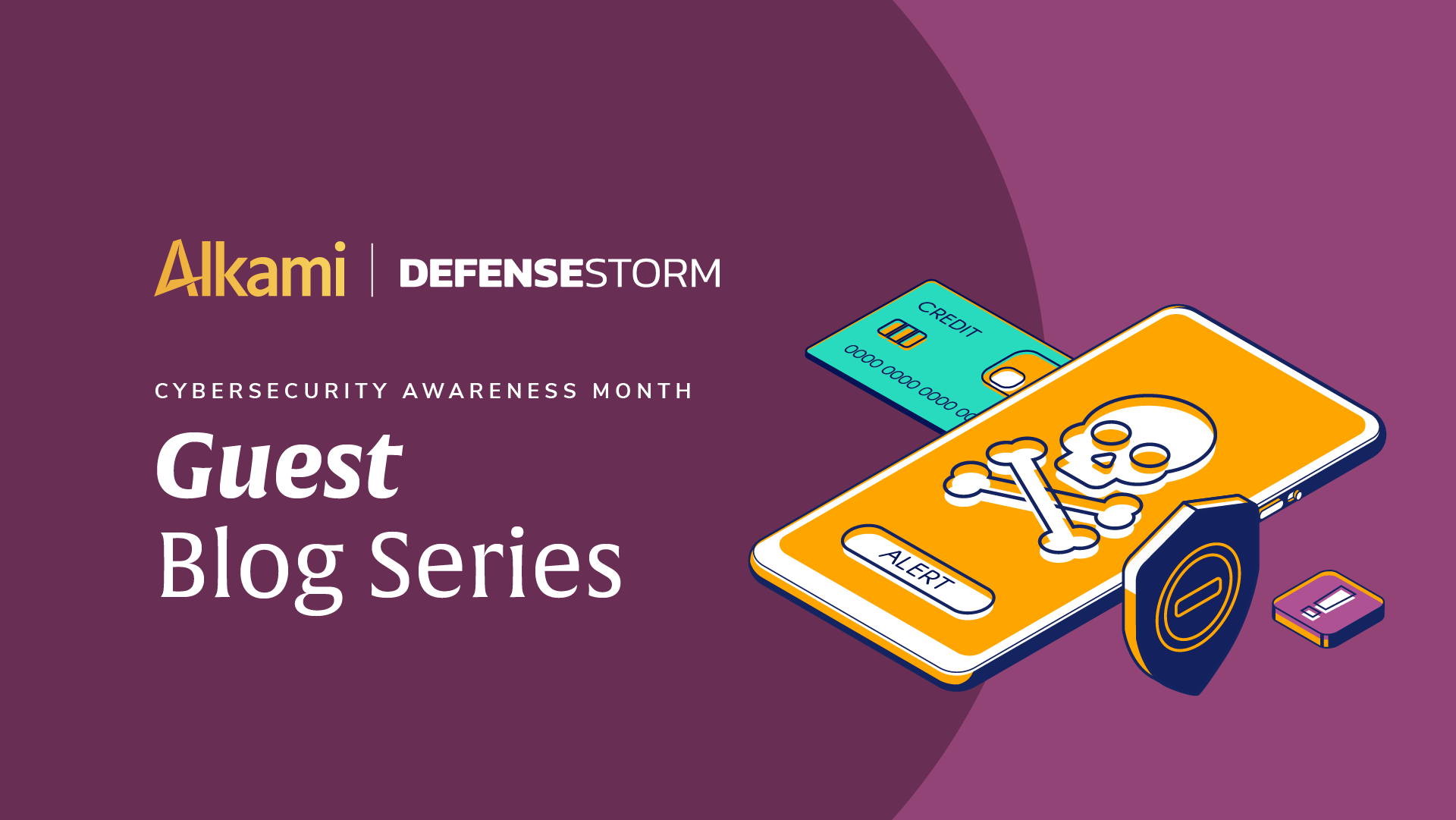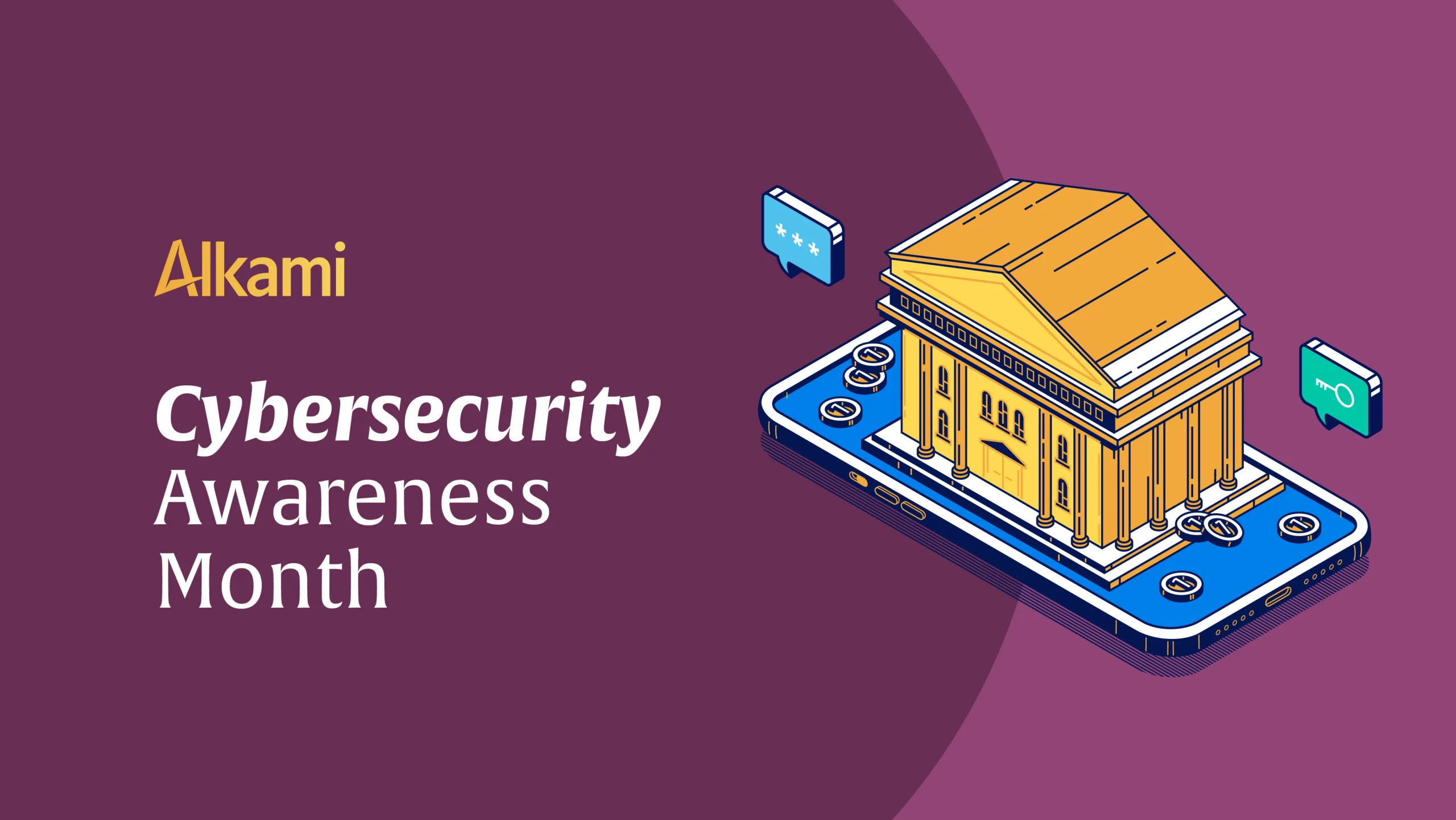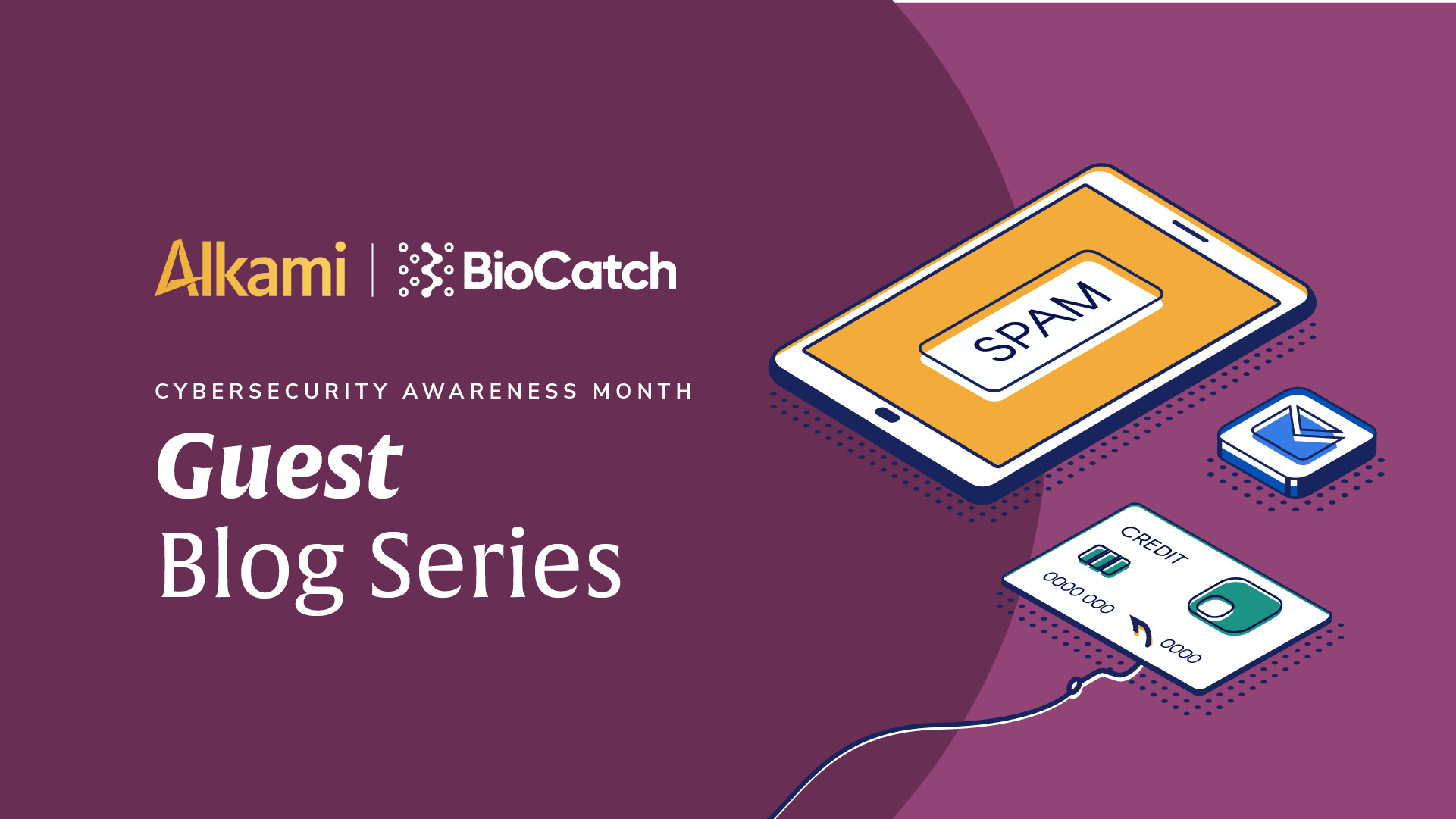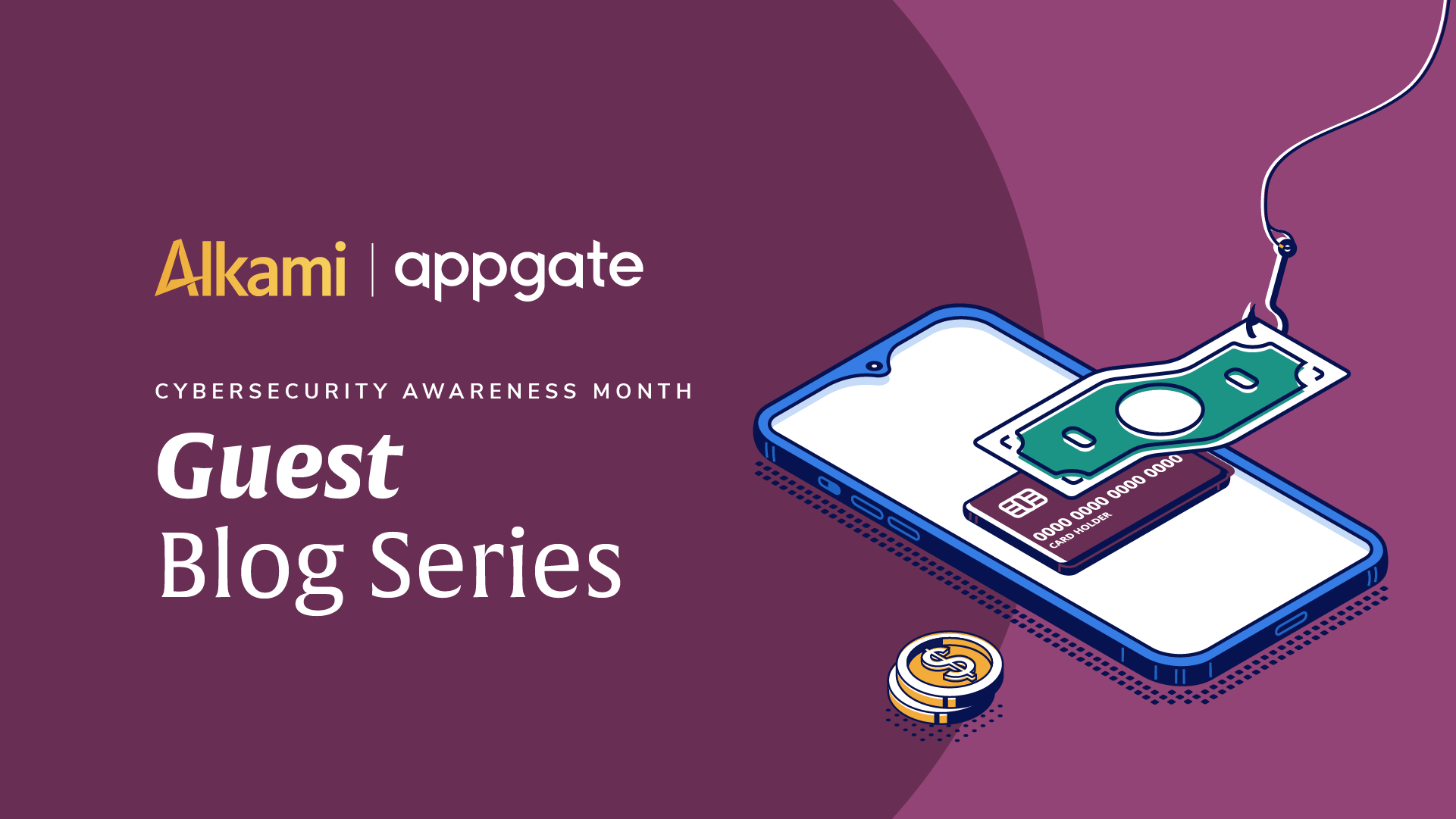How Unified Cyber And Fraud Teams Are Shaping The Future Of Banking Security
This week we are highlighting DefenseStorm, our newest fraud and security partner, which officially went live in our Fall release. The only system specifically built for banking, DefenseStorm provides an integrated platform of cyber risk assessment, governance, security, and fraud solutions that ensure financial institutions achieve and maintain cyber risk readiness. Their intelligent data engine, GRID ACTIVE, ensures real-time access, analysis, and action on all critical threat data. The Cyber Threat Surveillance Operations (CTS Ops) team offers access to managed resources 24x7x365, providing the help and expertise needed so institutions can respond to evolving threats faster and with greater confidence.
Cybersecurity is no longer confined to its own corner as a standalone function. It’s a shared responsibility that spans across fraud operations, IT, Information Security, and user experience. The threats are more cunning, the risks more intertwined, and the need for swift, unified action has never been greater.
Financial institutions now face increasingly sophisticated threats in their digital banking solutions. Gone are the days of isolated teams working in parallel. What’s needed now is fusion: a collaborative, data-driven, and operationally integrated model that brings cyber and fraud teams together under one roof.
The Power of Fusion
Fusing cyber and fraud teams is more than a passing trend. It’s a driving force at the heart of the Financial Services Information Sharing and Analysis Center (FS-ISAC) Cyber Fraud Prevention Framework. The Executive Summary states, “This Cyber Fraud Prevention Framework is designed to coordinate and maximize financial institutions’ data and capabilities specific to the financial services sector.” Key aspects of the Framework include its:
- Common structure and lexicon to help teams identify their knowledge gaps
- Protocol for partnership on fraud response
- Method for sharing indicators and lessons learned with the financial sector
This model sparks collaboration, ignites innovative defenses, and empowers financial institutions to confront emerging threats with agility and shared expertise.
The Challenge: Fragmented Data and Disconnected Teams
Traditionally, cyber and fraud teams have operated in separate domains, each with access to different data sets and tools.
- Cyber teams rely on authentication logs, firewall data, anti-virus and Endpoint Detection and Response Endpoint Detection and Response (EDR) telemetry, and other network-level insights typically housed in a Security Information and Event Management (SIEM) platform.
- Fraud teams work with transaction events, account holder profiles, account histories, and end user-facing authentication data.
When investigations require cross-functional collaboration, the process is often slow and cumbersome—requesting access, navigating unfamiliar systems, and translating domain-specific language just to retrieve a few critical data points.
This fragmentation creates friction. Investigations, increases the risk of missed signals, and ultimately weakens an institution’s ability to respond to threats in real time. Communication suffers too. Slack messages, Teams chats, and email threads become cluttered and lost in the noise, making it difficult for teams to coordinate effectively during active incidents.
Centralized Collaboration: Where Cyber and Fraud Teams Converge
DefenseStorm’s solution is to eliminate these barriers by collecting and centralizing both cyber and fraud data into a single platform. Teams can access everything they need instantly, intuitively, and collaboratively. No more logging into multiple systems, learning different query languages, or waiting on permissions.
This unified platform not only streamlines investigations, it transforms them. It allows teams to work together in near real time, leveraging each other’s unique expertise and methodologies. A cyber analyst can flag a potential fraud signal and immediately see related transaction data. A fraud analyst is empowered to trace a suspicious login across firewall logs and endpoint telemetry without needing access to those platforms which are typically managed by the institution’s IT department. The result is faster detection, deeper insights, and more effective response.
Real-Time Incident Management
DefenseStorm enables this transformation by providing a platform where incidents are tracked and actively worked by stakeholders across multiple teams. Both teams can collaborate on the same case, view each other’s notes, share evidence, and communicate directly within a unified incident workspace.
This centralized model of incident management ensures that communication is clear, context-rich, and immediately actionable. It replaces scattered messages across email and messaging platforms with a focused, collaborative environment. Analysts can tag relevant data, notify teammates, and escalate findings all within the same system that houses the data itself.
Fitting into the Broader Ecosystem
In the broader digital banking ecosystem, this kind of integration is essential. Financial institutions are under pressure to deliver seamless user experiences while maintaining airtight security. That requires full alignment between fraud and cyber teams, tools, and strategy.
DefenseStorm fits naturally into this ecosystem, enhancing security without disrupting operations. It supports compliance, improves auditability, and strengthens the institution’s overall risk posture.
More importantly, it empowers teams. It fosters a culture of collaboration, where insights are shared and decisions are made collectively. And it ensures that when threats arise, the response is swift, coordinated, and effective.
Fusion Is the Future
Cybersecurity in digital banking solutions is evolving, and this type of fusion is leading the way. By breaking down silos, centralizing data, and fostering real-time collaboration, financial institutions can stay ahead of threats and deliver stronger protection for their account holders.
This is where fraud prevention and cybersecurity are headed: unified, fast-moving, and built to handle the real-world challenges financial institutions face every day. DefenseStorm makes this vision a reality by empowering cyber and fraud teams to work together seamlessly, share insights instantly, and respond to incidents with unified precision.
Want to learn more? Connect with an Alkami representative to learn how DefenseStorm enables real-time collaboration and stronger fraud prevention.










